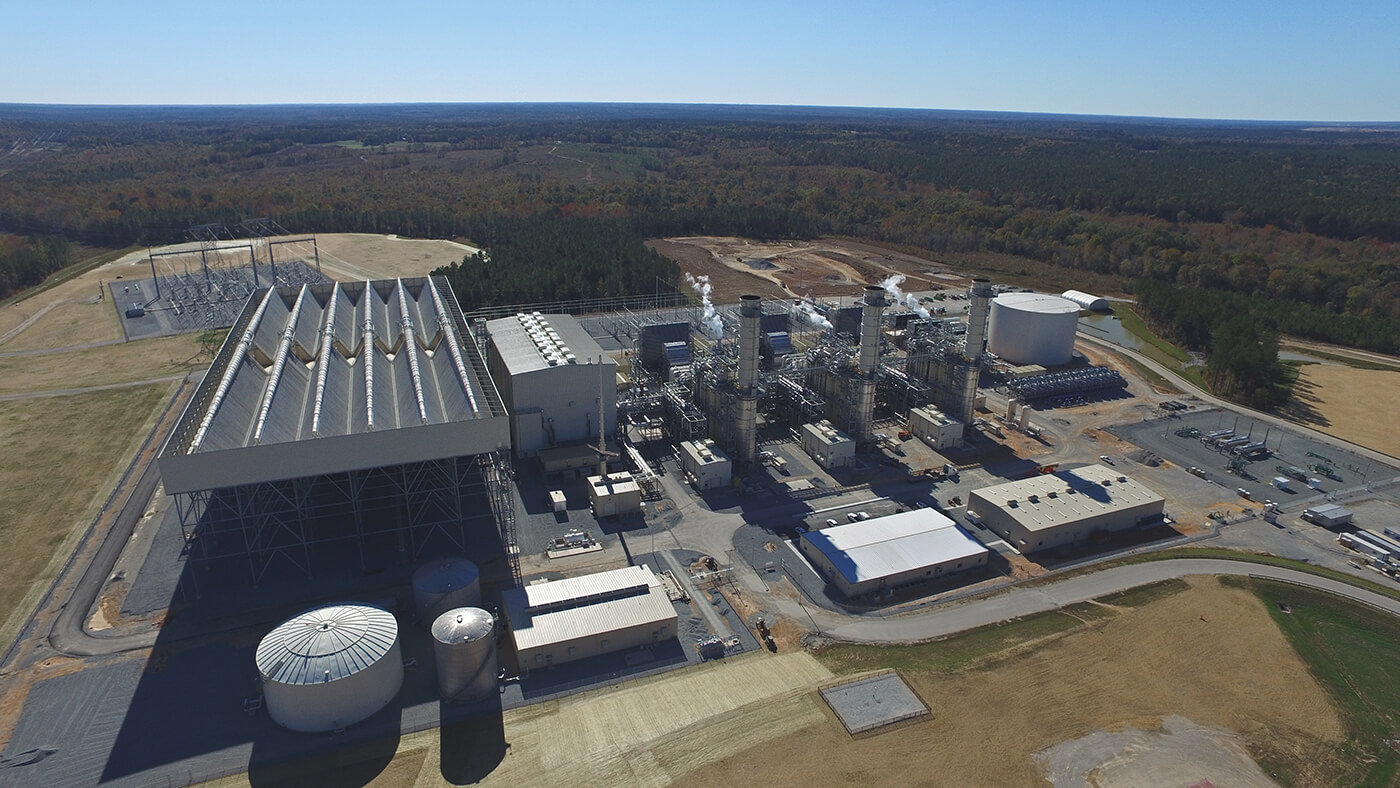2 infrastructure stocks that present better value than Transurban
The common wisdom is that if you want good yield, you might need to forgo the big growth themes, like AI or the circular economy. I’m sure many income investors are ruefully nodding at this, noting that growth usually comes with higher risks that they simply can’t afford to take.
While this might apply to the more exciting big tech equity stocks like Nvidia (NYSE: NVDA) or Amazon (NYSE: AMZN), it’s not necessarily a universal take. You can still find exposure to the big themes and derive consistent income if you look beyond the big names to the supply chain and requirements of these themes.
Infrastructure plays naturally in this space, and Jan De Vos, Real Assets/GLI Portfolio Manager at Resolution Capital, discussed the opportunity set and how to play the themes in a recent presentation.
The definition of infrastructure
Infrastructure is a broad space, but for it to enter Resolution Capital’s universe, it needs to be a monopoly or have a competitive advantage in a field with high barriers to entry and own physical assets or concessions that provide essential services.
In addition, De Vos looks for big growth drivers behind the infrastructure, such as digitisation, and long-dated predictable stable earnings.
Think utility companies, airports, toll roads, ports, railroads and telecommunications infrastructure.
The timing for entering this space is looking attractive too, with De Vos pointing to lower volatility on average and higher returns compared to global equities. Listed infrastructure valuations have also fallen, opening the opportunity to access high-quality assets at better value.
The big thematics and where to look
Here is where the big thematics come in – digitisation, mobility, energy security, the energy transition and the circular economy all need infrastructure to support them.
For example, the International Monetary Fund estimates that $418 billion in funding is required for infrastructure for digitisation just in terms of supplying reliable 4G mobile connectivity.
You can start to extrapolate how much spending might be required more broadly across the major growth themes of the next few decades.
There is a significant funding gap to manage the required demand for these themes.
According to De Vos, there is currently $1 trillion a year in global infrastructure spending, with 4/5 from the government and the rest coming from the private sector. He argues we should be spending at least six times more than this.
It’s an opportunity for investors and it comes to the private sector to fill the gap – both listed and unlisted.
De Vos prefers listed infrastructure as the net worth of assets is clearer, and valuations in this space are currently trading at a discount below unlisted assets.
But, turning back to the big thematics – infrastructure is both a beneficiary and an enabler of this growth. Infrastructure is an essential service – and as a sector with high barriers to entry – you don’t carry the risk of trying to pick winners from losers in this space. Unsurprisingly, these growth themes have a strong influence on how De Vos positions the infrastructure portfolio.
For example, half of the portfolio is in electric utilities and the portfolio is overweight in this space compared to the benchmark.
De Vos likes the growth drivers for electric utilities – the green transition – and sees this as supporting ongoing capital and income growth.
“We like sectors and companies that have a growth tailwind because it ensures stable ongoing returns,” said De Vos.
Resolution Capital’s Global Listed Infrastructure Fund is underweight in the midstream category, which represents fossil fuels and associated transport and storage where he sees less future growth.
Two global infrastructure stocks to watch
De Vos does invest in Australian and New Zealand infrastructure, but says he typically finds better valuations for similar quality infrastructure overseas.
One example of a company that De Vos invests in (and it benefits from the digitisation trend) is Dominion Energy (NYSE: D).
Dominion Energy is a regulated electric utilities company and the sole provider in Virginia (aka it has a monopoly). It also operates in other states across the US.

Some context to consider:
- Virginia is the home of ‘Data Center Alley’, more than 300 data centres, all with high energy demand.
- Over the next five years, demand is expected to double for data centres off the back of the AI boom and digitisation themes.
- There will be “super-sized” growth in demand for Dominion Energy to supply.
De Vos notes that Dominion Energy is currently trading at 14.5x next year’s earnings, while earnings are expected to increase 5-7% pa for the next 5 years and it offers a 6% yield. From his perspective, it is looking to be good value.
The second example comes with this ringing endorsement from De Vos: “the same high quality but much better value than Transurban (ASX: TCL).”
He’s talking about Spanish multi-national Ferrovial (BME: FER) which builds and operates in the transport sector – airports, highways and services.
One toll road Ferrovial built and operates is the 407 ETR highway in Canada – the world’s first all-electronic open-access toll highway.

Ferrovial’s 407 ETR Toll Road in Canada (Image: Ferrovial)
There is stronger growth for this highway than both Sydney and Melbourne equivalents and tolls aren’t capped. It means Ferrovial can increase tolls above inflation (and has done so). It stands as a highly appealing option for ongoing growth and consistent yield.
A final word on infrastructure
Whether you are avoiding the big tech names because of high valuations or simply because you have income needs, perhaps it's time to look at infrastructure instead. With exposure to some of the biggest thematics of our times, perhaps 'boring' consistent infrastructure is more exciting than you think.

4 topics
4 stocks mentioned
1 fund mentioned

